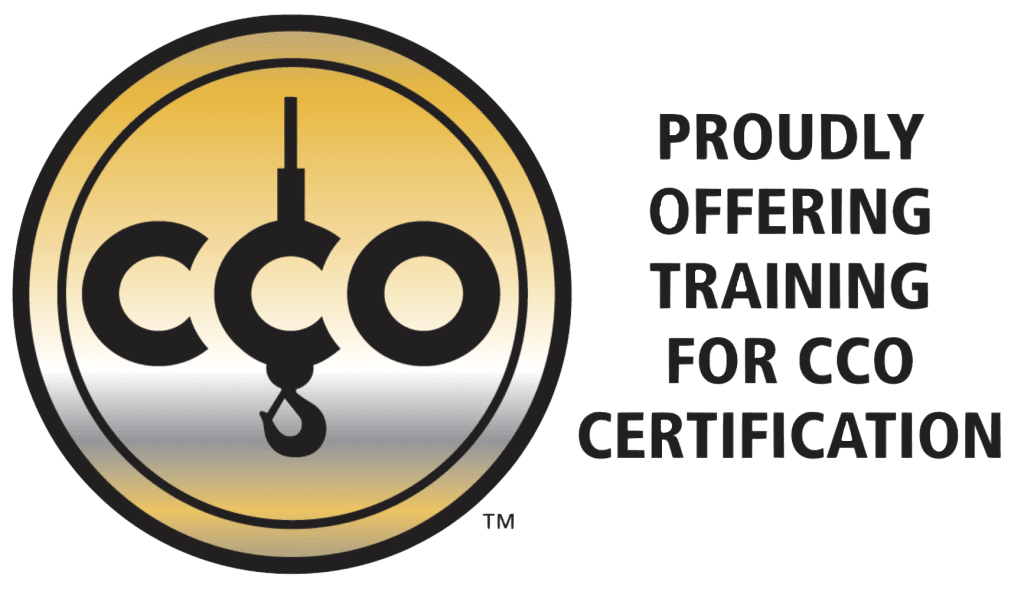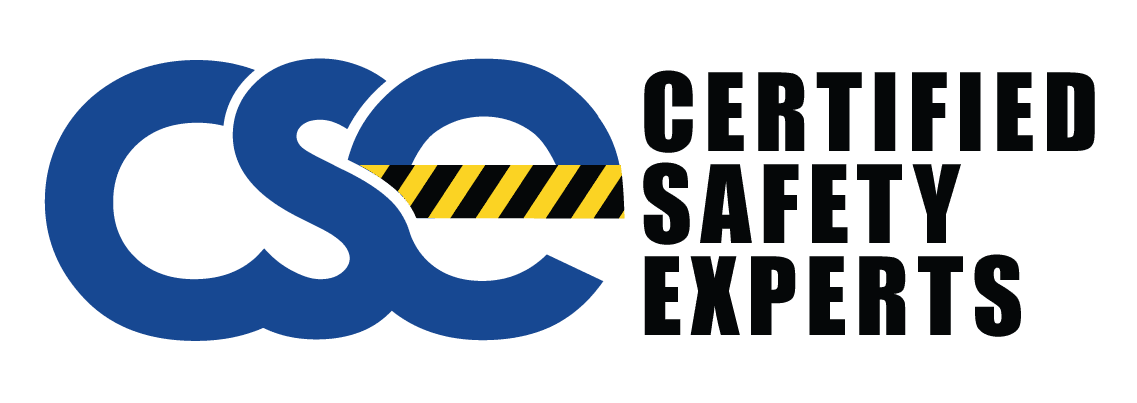Getting ready for the NCCCO exams can feel like a lot, right? Between the written part and the practical test, it’s easy to get overwhelmed. But honestly, with a good plan and the right approach, you can totally nail it. This guide is here to break down how to get yourself prepped, covering everything from study materials to staying calm on test day. We’ll talk about what’s actually on the tests and how to make sure you’re ready for it all. So, let’s get you set up for success with your NCCCO Exam Preparation.
Key Takeaways
- Understand the NCCCO exam covers both written knowledge and practical skills, including how to read load charts.
- Gather official NCCCO study materials, online resources, and industry references to cover all test areas.
- Practice with hands-on training, approved centers, and crane simulators to build real-world operating skills.
- Create a study schedule, use practice exams, and review the candidate handbook for effective NCCCO Exam Preparation.
- Manage your time during the tests by pacing yourself and carefully reviewing answers before submitting.
Understanding The NCCCO Exam Structure
Alright, let’s break down what you’re up against with the NCCCO exams. It’s not just about knowing how to run a crane; it’s about proving you can do it safely and correctly. The whole process is designed to make sure you’re ready for the real deal on the job site.
Navigating The Written Test Components
The written test is where you show you’ve got the book smarts. It’s a multiple-choice deal, and while it might seem straightforward, some questions are worded to make you really think. They aren’t trick questions, though. The goal is to see if you can apply what you’ve learned to different situations. You’ll cover a bunch of topics, including safety rules, how different parts of the crane work, and what your responsibilities are.
- Crane Safety Protocols
- Equipment Operation Basics
- Rigging Practices
- Signalperson Responsibilities
The written exam is timed, so getting comfortable with how long you have for each section is a good idea. You’ll have a set amount of time, and it’s important to pace yourself. You can take this test in a few ways: online with a proctor, at a testing center, or even at an event. It usually takes up to five and a half hours, so be prepared for a solid chunk of time.
Remember, the NCCCO certification is a mark of competence and a commitment to safety in the crane operation field. It shows employers you’re up to par with industry standards and regulations.
Meeting Practical Examination Requirements
After the written part, you’ve got the practical exam. This is where you get to show off your actual crane operating skills. You’ll be tested on how precisely you can move the crane, how safely you handle loads, and how well you follow instructions. It’s all about demonstrating that you can perform complex lifts and maneuvers without any issues. You’ll need to schedule this separately, and it usually takes about 12 business days to get your scores back.
Mastering Load Chart Interpretation Skills
One of the biggest parts of both the written and practical exams is understanding load charts. These charts are like a crane’s cheat sheet, telling you how much weight you can safely lift at different distances and configurations. You’ll need to be able to read them, understand all the notes and specifications, and apply that information to real-world scenarios. This skill is super important for safe crane operation, and the exam really focuses on it. You can find actual load charts on the CCO website for practice. They’re used for testing purposes, so make sure you’re familiar with how they work.
Gathering Essential NCCCO Study Materials
Alright, so you’re getting ready for the NCCCO exams. That’s awesome! Now, let’s talk about what you’ll need to actually study. It’s not just about showing up; you need the right tools to get your brain filled with all the important crane stuff.
Leveraging Official NCCCO Training Manuals
First off, you absolutely need to get your hands on the official NCCCO training manuals. Think of these as the “bible” for your studies. They’re put together by the folks who actually make the test, so they cover exactly what you need to know. They break down everything from how cranes work to all the safety rules you have to follow. Make sure you’re getting the most up-to-date versions, because regulations and best practices can change.
Exploring Comprehensive Online Resources
Beyond the books, the internet is your friend. There are tons of online resources out there that can really help. Many offer practice tests that are super helpful for getting a feel for the real exam. You can often find:
- Timed practice exams to get you used to the clock.
- Detailed explanations for why answers are right or wrong.
- Tools to track your progress and see where you need more work.
- Study modules you can access on your phone or tablet, making study time flexible.
These digital tools can make studying a lot more interactive and help you pinpoint any weak spots before the big day.
Utilizing Industry-Specific Reference Materials
Don’t forget about other materials that crane operators use every day. This could include things like specific crane manuals for different types of equipment, or even old exam questions if you can find them (though always stick to official sources for the most accurate info). Load charts are a big part of the practical exam, so finding practice load charts and working through them is a must. Some places even offer downloadable PDFs with practice problems for a small fee. It’s all about getting as much exposure to the real-world application of your knowledge as possible.
Engaging In Hands-On Practice And Training
Alright, so you’ve been hitting the books and getting a handle on the theory, which is great. But let’s be real, operating a crane isn’t just about knowing stuff; it’s about doing stuff. That’s where getting your hands dirty with practical training really comes into play. It’s not enough to just read about how to operate a crane; you’ve got to actually do it, safely and effectively.
Finding Approved Training Centers
First things first, you need a solid place to learn. Not all training centers are created equal, so look for ones that are officially recognized and have a good reputation. These places are your best bet for getting quality instruction and real-world experience. What you want to find are centers that offer:
- Certified instructors who actually know their stuff from working in the field.
- Modern crane simulators that give you a realistic feel for operating.
- Training that covers all the safety rules and regulations you’ll need to know.
- Specific lessons on how to read and use load charts, which is a big part of the test.
Benefiting From Crane Simulator Training
Crane simulators are pretty amazing tools these days. They let you practice all sorts of tricky situations without any of the real-world risks. Think of it as a safe space to mess up and learn from it. You can get a feel for:
- How the crane moves and responds in different conditions.
- Handling various types of loads and lifting scenarios.
- Practicing emergency procedures without any actual danger.
- Getting comfortable with the controls and how they work.
Using simulators helps build muscle memory and confidence. It’s like practicing a video game before the real competition – you get better without the high stakes.
Practicing Safety Protocol Scenarios
Safety is the absolute number one priority when you’re operating heavy machinery. The NCCCO exams really focus on this, and for good reason. Training centers will put you through scenarios where you have to:
- Spot potential hazards on a job site before they become problems.
- Figure out the right steps to take if something goes wrong.
- Perform pre-operation checks to make sure the equipment is safe to use.
- Communicate clearly with your ground crew and other workers.
By combining simulator time with these practical safety drills, you’ll be much better prepared to show what you know on the exam and, more importantly, on the job.
Strategies For Effective NCCCO Exam Preparation
Getting ready for the NCCCO exam isn’t just about cramming information the night before. It’s about building a solid plan and sticking to it. Think of it like building a crane – you need a strong foundation and a clear blueprint.
Developing A Structured Study Routine
First off, let’s talk about making a study schedule. You can’t just wing this. Figure out how much time you can realistically set aside each day or week. Maybe you’re an early bird and can study before work, or perhaps evenings are better for you. Whatever it is, block out that time and treat it like an important appointment. Consistency is your best friend here. Break down the material into smaller, manageable chunks. Instead of trying to learn everything about load charts in one go, focus on one aspect each study session. This makes it less overwhelming and helps you actually remember what you’re learning.
- Monday: Review written exam topics (e.g., safety regulations).
- Tuesday: Practice load chart calculations.
- Wednesday: Study practical exam maneuvers.
- Thursday: Take a practice quiz.
- Friday: Review weak areas identified from the quiz.
Don’t forget to factor in breaks. Studying for hours straight without a pause can actually make you less productive. Short, regular breaks help your brain reset and absorb information better.
Taking Advantage Of Practice Exams
Practice exams are gold. They’re not just to see if you can pass; they’re a diagnostic tool. They show you exactly where you’re strong and, more importantly, where you need to focus your efforts. Many resources offer practice tests that mimic the real NCCCO exam format. Pay close attention to the timing of these practice tests. The actual exam is timed, so you need to get used to working under that pressure. After you finish a practice test, don’t just look at your score. Go through every single question, especially the ones you got wrong. Understand why you missed it. Was it a misunderstanding of the concept, a misreading of the question, or a simple calculation error? This detailed review is where the real learning happens.
Reviewing The Official Candidate Handbook
Seriously, don’t skip this. The official NCCCO Candidate Handbook is your roadmap. It lays out exactly what to expect on both the written and practical exams. It covers the eligibility requirements, the exam content outlines, and even the scoring procedures. You can usually download it right from the NCCCO website. Read it cover to cover, and then read it again. Highlight key sections, make notes, and use it to guide your entire study plan. It’s the most direct source of information about the tests, so make sure you’re familiar with everything it contains. Getting certified is a big step, and this handbook is your first guide to understanding the process.
Mastering Time Management During Exams
Okay, so you’ve studied hard, you’ve practiced, and now it’s exam time. Whether it’s the written test or the practical one, managing your time effectively is super important. It’s not just about knowing the answers; it’s about getting them down on paper (or demonstrating them) within the given timeframe. Rushing can lead to silly mistakes, and leaving too much time on one section can mean you don’t finish others. Let’s break down how to make sure you use your time wisely.
Allocating Time For Each Exam Section
Think of the exam like a race. You wouldn’t sprint the whole way and then collapse, right? You pace yourself. The same applies here. Before you even start, take a quick look at the exam structure and the total time allowed. Then, mentally (or even on scratch paper if allowed) divide that time up among the sections. It’s a good idea to give yourself a little buffer time at the end, too, just in case.
Here’s a rough idea for a typical written exam:
- Section 1 (e.g., Core Knowledge): 30-40% of total time
- Section 2 (e.g., Load Charts): 30-40% of total time
- Review and Buffer: 20-30% of total time
For practical exams, time is often built into the specific tasks, but being efficient with your setup and execution still matters. Don’t linger unnecessarily on one maneuver if you’re feeling confident.
Reading Questions Carefully And Critically
This might sound obvious, but you’d be surprised how many people skim questions and then kick themselves later. Read every question thoroughly, paying close attention to keywords. Sometimes, a single word can completely change the meaning of a question. Are they asking for the best practice, the safest option, or the most efficient method? Make sure you understand what’s being asked before you jump to an answer. If a question seems tricky, take a deep breath and re-read it. Sometimes, just slowing down for a few extra seconds can prevent a costly error.
Don’t let the pressure of the clock make you rush through the actual content of the questions. A moment of focused reading can save you minutes of confusion or a wrong answer later on.
Reviewing Answers Before Submission
Once you’ve answered all the questions, resist the urge to hit that submit button immediately. If you have time left, use it wisely. Go back through your answers. Did you accidentally skip a question? Did you mark the wrong bubble? Are there any answers you feel unsure about that you might want to reconsider? This review period is your safety net. It’s your chance to catch those little mistakes that can add up. For practical exams, this might mean a final check of your setup or a quick mental run-through of the task you just completed to ensure everything was done to standard.
Physical And Mental Preparation For Success
Getting ready for the NCCCO exams is more than just hitting the books. You’ve got to take care of yourself, too. Think of it like getting a crane ready for a big lift – everything needs to be in top shape, both the machine and the operator.
Establishing A Consistent Sleep Schedule
Seriously, don’t underestimate sleep. When you’re running on fumes, your brain just doesn’t work right. You’ll find it harder to focus, remember things, and even solve problems. Aim for 7-9 hours a night, especially in the weeks leading up to the exam. Try to go to bed and wake up around the same time every day, even on weekends. It helps regulate your body’s internal clock, making it easier to fall asleep and wake up feeling refreshed. A well-rested mind is a sharp mind, and you’ll need yours to be as sharp as possible for the NCCCO certification.
Incorporating Regular Physical Exercise
Moving your body isn’t just good for your muscles; it’s fantastic for your brain too. Regular exercise can help reduce stress, improve your mood, and boost your concentration. You don’t need to become a marathon runner overnight. Even a brisk 30-minute walk most days can make a big difference. Find something you enjoy, whether it’s cycling, swimming, or even just some stretching. It’s a great way to clear your head and get some energy back when you’re feeling bogged down by studying.
Practicing Mindfulness And Relaxation Techniques
Exam days can be nerve-wracking. Learning how to manage that stress before you’re sitting in the testing room is a game-changer. Mindfulness and relaxation techniques can help you stay calm and focused. Simple deep breathing exercises, even for just a few minutes, can slow your heart rate and bring you back to the present moment. Some people find guided meditation apps helpful, while others prefer just taking a few quiet moments to focus on their breath. Finding what works for you to de-stress is key to performing your best. It’s all about building that mental resilience so you can tackle the exam with confidence, not anxiety. Remember, being physically and mentally ready is just as important as knowing the material for your NCCCO certification.
Preparing your body and mind is a vital part of your overall exam strategy. Don’t treat it as an afterthought. A healthy, calm operator is a safe and effective operator, and that’s exactly what the NCCCO exams are designed to assess.
Wrapping It Up
So, getting that NCCCO certification is a pretty big deal for anyone wanting to be a crane operator. It really shows you know your stuff and can work safely. We’ve talked about how important it is to study up, get hands-on practice, and really focus on safety. Remember, this isn’t just about passing a test; it’s about being a pro on the job site. Keep learning, keep practicing, and you’ll be well on your way to a solid career in crane operations. Good luck out there!
Frequently Asked Questions
What is the NCCCO exam?
The NCCCO exam is a test for crane operators. Passing it shows you know how to use cranes safely and have the right skills. It’s like a special certificate that proves you’re a good crane operator.
What are the two main parts of the NCCCO exam?
The exam has two main parts: a written test and a practical test. The written part checks what you know about cranes and safety. The practical part shows how well you can actually operate a crane.
What kind of study materials are helpful?
It’s good to use official NCCCO books, online study tools, and practice tests. Reading about safety rules and how to read load charts is also super important. Think of them as your study buddies.
Is hands-on practice important for the exam?
Yes, definitely! Practicing with real cranes or even using crane simulators helps a lot. It’s like practicing a sport; the more you do it, the better you get. This helps you get comfortable with the controls and safety steps.
How can I manage my time during the exam?
To do well on time, read each question carefully. Don’t spend too long on one hard question. Try to answer all the questions you know first, and then go back to the tricky ones. Always leave a little time to check your answers before you finish.
What’s the best way to prepare mentally and physically?
Get enough sleep the nights before the test. Eat healthy foods and try to get some exercise. When you feel stressed, take deep breaths or do something relaxing. Being calm and focused helps you think clearly and do your best.




